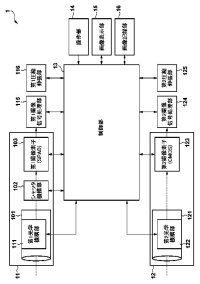(I know NOTHING about electronics, engineering, etc)
My constant thought since many years, of sensors future developments, has been a sensor that can vary its ISO photodiode per photodiode (so, for the very little thing I understand, varying the current to each photodiode), so you can shoot a single image with a super extended DR without needing of HDR and/or compositing, leaning on AI skills (or user inputs) of the camera.
Certainly an application firstly for mobiles, but of course could be useful also in a professional photo environment; I think, just to make a basic example, to a sun backlit situation were I can shoot the subjects with 400/800iso in full daylight (and AI recognize them, so only that part of the image gets enhanced iso) while the background gets shot at 100iso, that would be pretty cool, it's like having a key light or a fill light in front of the subject while you expose for the background. Of course the best solution is actually expose for the background and then use a panel or a strobe to fill in, so you shoot all at 100iso and the picture surely comes better already, but if you travel light, or your gear gets broken/lost, batteries dies, etc, having that kind of power in the camera could save your work. And as I said, for the mobile phones would really increase the quality SOOC.



